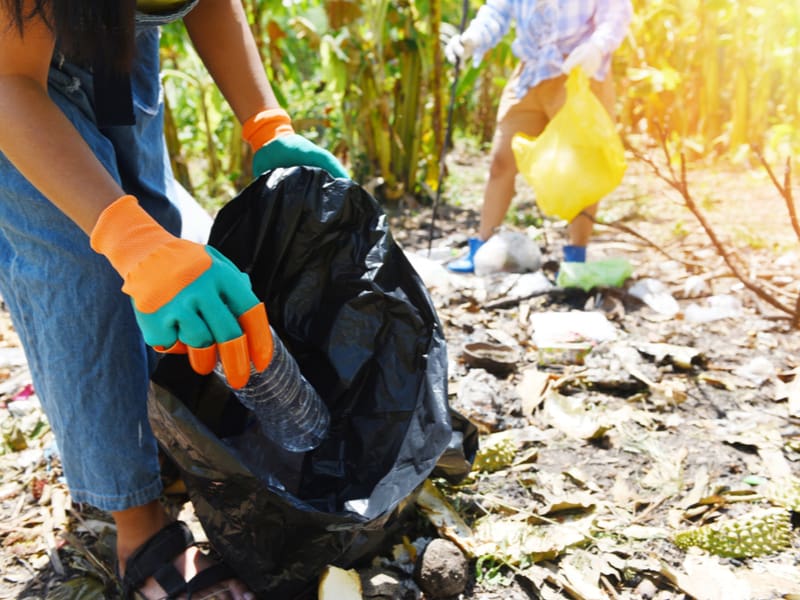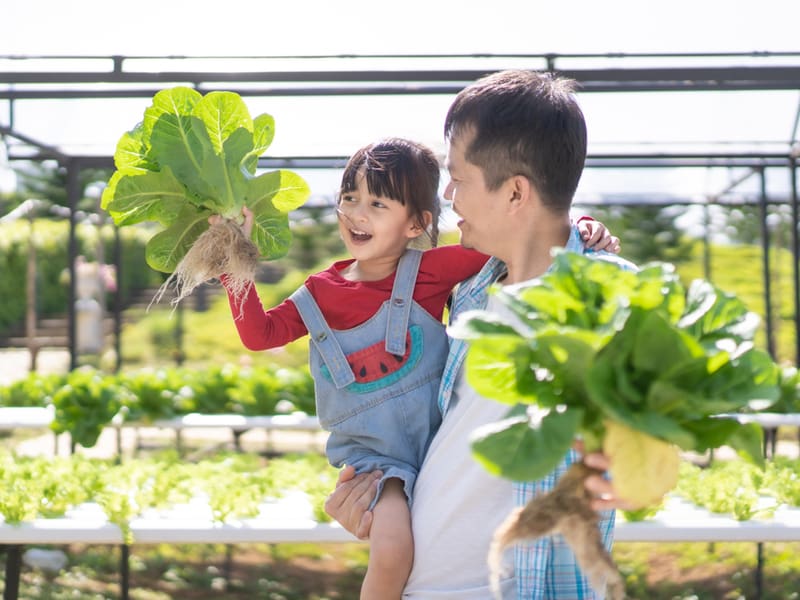The Significance of Environmental Education for Preschoolers
Environmental education methods for preschool children encompass a range of activities aimed at instilling an appreciation for the environment. These activities involve engaging children in small actions to promote cleanliness and the preservation of the environment’s beauty.

Environmental protection education towards the goal.
Environmental Education for Preschoolers: Cultivating a Green, Clean, and Beautiful School Environment
Incorporating environmental education into preschool programs not only aims at the immediate and future well-being but also strives towards the vision of creating a school that is green, clean, and beautiful. Furthermore, as educators engage in the process of lesson planning and design, they also acquire a deeper understanding of environmental issues and strategies for pollution reduction.
The integration of environmental education methods within the preschool curriculum assists children in developing positive habits, including:
- Keeping tools and toys organized and tidy after learning and playtime.
- Properly disposing of trash in designated areas.
- Practicing waste sorting and recycling.
- Learning to care for flowers, plants, and pets.
- Encouraging eco-friendly behaviors like avoiding stepping on grass, not picking flowers, and reminding peers not to litter.
- Instilling basic knowledge about household hygiene and personal health.
- Actively participating in activities that promote environmental protection both in the classroom and at home.
Exploring Environmental Education Methods for Preschoolers
Understanding the various methods of environmental education for preschool children can assist parents and teachers in developing suitable activities.
Connecting Children with Nature
One highly effective method of environmental education for preschoolers involves fostering a deep connection between children and the natural world. Encouraging children to appreciate and love nature can promote positive character development, enhance creativity, and instill a sense of environmental responsibility.

Bringing children close to nature helps them cultivate a love for the environment.
When early education is implemented, children gradually develop daily habits that contribute to better environmental protection. Bringing children closer to nature can be achieved through outdoor activities such as:
- Taking your child for a walk: This allows children to experience changing landscapes, revitalizing them and enhancing their creativity.
- Cultivating a child’s love for nature: Children become enthusiastic when observing gardens, pets, watching puppies play, or being delighted by fluttering butterflies. These experiences foster a greater love for nature.
- Going camping: Urban children can connect with and appreciate the beauty of nature, witnessing blooming flowers and lush green trees during camping trips.
Visiting Farms and Agricultural Areas
Farm visits provide children with the opportunity to directly observe elements of the environment and appreciate the beauty of nature. Schools can organize these activities as part of extracurricular programs, which may include sightseeing and litter cleanup during walks.

Visiting activities help children feel the beauty of nature.
During sightseeing activities, teachers can instruct children on how to create toys using natural materials. For example, they can teach children to weave animals from banana leaves, arrange fallen petals into animal shapes, or gather wildflowers to create gifts for their mothers. These are small yet meaningful actions that help children develop a deeper appreciation for nature and the beauty found in their environment, fostering a sense of environmental protection and building lifelong habits.
Trash Cleanup
Trash cleanup initiatives play a crucial role in instilling real-life environmental education for preschoolers. Schools often organize these activities on weekends, dividing groups to collect litter within the school premises and around the vicinity.
Engaging in garbage collection not only spreads awareness about environmental protection but also draws the attention of nearby residents. This further contributes to increasing community awareness through the example set by children in their commitment to environmental conservation.
To make these activities more exciting for children, teachers can introduce small challenges to motivate them to participate actively in environmental cleanup. Challenges like which group can collect the most trash or finish cleaning the campus the fastest can serve as incentives for children to get involved.
During these cleanup sessions, teachers should incorporate discussions on the detrimental effects of waste on the environment and living organisms. This helps children understand the significance of their actions. The knowledge gained can then be shared by the children with their parents and grandparents, spreading the message of environmental responsibility to their extended families.
Classroom Garbage Sorting
Garbage sorting is another method of environmental education for preschool children aimed at teaching them to differentiate between recyclable and non-recyclable waste. This activity should seamlessly blend theory with practical application to enhance children’s understanding.

Separating waste at source makes waste treatment simpler.
During these lessons, teachers will provide practical examples of how to sort waste. For instance:
- Leftover food goes into green bins to be used as animal feed.
- Milk cartons, candy wrappers, and plastic bags are placed in yellow bins for decomposition.
- Plastic bottles and paper are sorted into red bins for recycling.
Source separation of waste helps instill this habit both at school and at home. It is a method that encourages children to raise their awareness of environmental protection and develop creative ideas for crafting recycled products.
Discussing Environmental Issues with Your Child
Preschool-age children are naturally curious about their surroundings, and as they learn, play, and explore, they often ask a lot of questions. Their questions frequently take the form of “Why?” For example: “Why are trees green? Why are flowers red? Why is the sun yellow? Why are ripe fruits red?

Talking about environmental issues helps stimulate thinking development in children.
To satisfy their curiosity and effectively educate children about the environment, mothers should not only answer their children’s questions but also ask questions in return. Engaging in regular discussions about environmental issues can inspire and stimulate children’s cognitive development. It also provides an opportunity for parents to think and research in order to address their children’s inquiries.
At school, teachers should encourage and guide children to comprehend the significance of preserving the environment around them. These discussions serve both to impart information and to encourage children to express their thoughts and emotions regarding nature.
For instance, if a teacher wishes to help children care for pets or a flower garden, they can point out the tasks necessary for their upkeep. Children can actively participate in tasks such as watering plants, picking up litter around the garden, and feeding pets.
It is hoped that this information sharing will help parents recognize the importance of environmental education methods for preschool children. Subsequently, parents can select methods that align with their child’s age and personality, aiding them in developing a stronger understanding of and commitment to environmental protection habits.

Johnny Jacks was born in 1985 in Texas, USA. He is the founder of Good Health Plan and is passionate about helping people improve their health and physical well-being. With over a decade of experience working in the healthcare industry, he currently works at Goodheathplan.com – a blog that shares knowledge on beauty and health.
